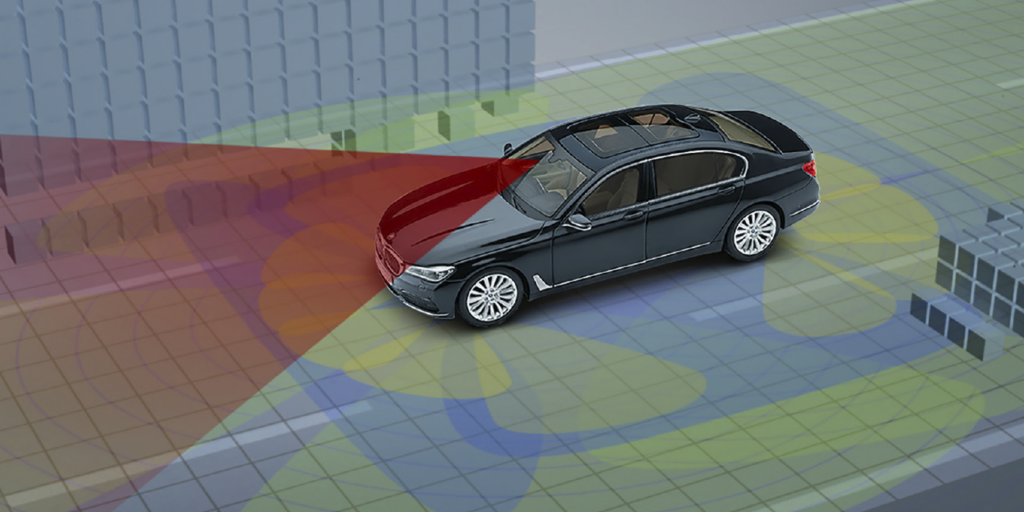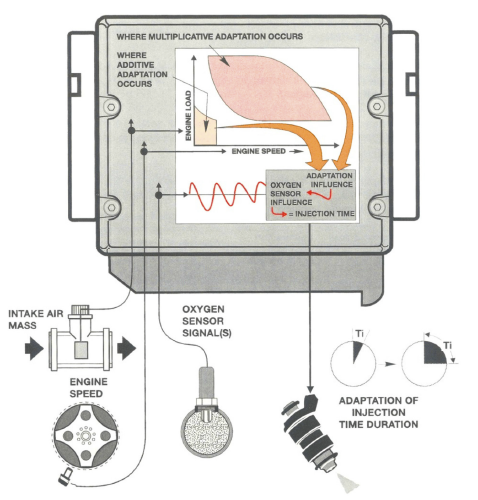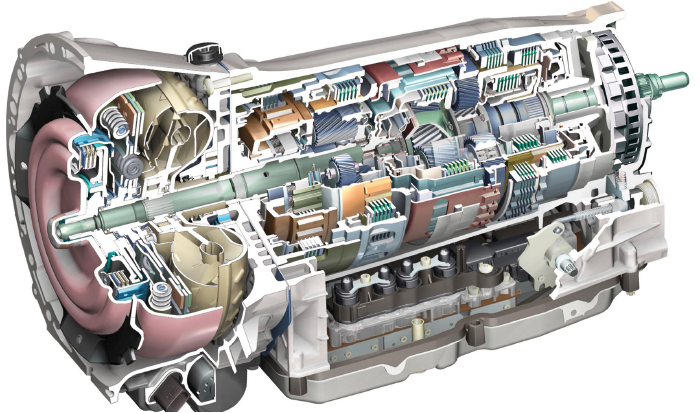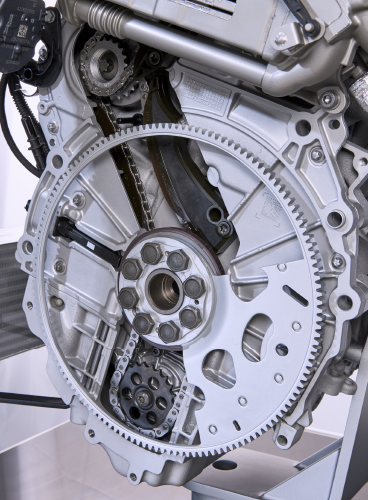It feels an understatement to say that modern vehicles are smarter than ever before. With each new model year vehicles seem to get lighter, more fuel efficient, and packed with more technology and safety systems. If there’s one constant in the world of technology, it’s CHANGE.
Vehicles rely heavily on technology, specifically computing power. Does the term “chip shortage” ring a bell? Modern vehicles use dozens of control modules to operate everything from creature comforts to powertrain management.
To auto repair pros, this isn’t exactly news. We want to focus our attention today on one small facet of the technology inside modern vehicles: Adaptations.
What is an Adaptation?
Let’s start with the basics. We will be focusing on the Engine Control Unit (ECU) for the purpose of this example.
All OBDII compliant ECUs are constantly learning. They achieve this by analyzing every single data input, then comparing that data against minimum and maximum values which are pre-programmed by the OEM.
Example #1: Fuel Trim
Let’s go back in time to when engines were carbureted. The fuel mixture would be adjusted at the factory, and the engine would run as expected for some time. However, over time that fuel mixture would change slightly, and the engine wouldn’t run as well as it did before. This could be due to internal wear, or maybe dirt finding its way inside the carburetor.
So, when the vehicle came in for service the tech would need to manually adjust – or trim – the mixture to compensate for the change. This was done by tightening or loosening the mixture adaption screw(s) to make the mixture richer or leaner, whichever is needed. Results could be checked with an exhaust gas analyzer in the tail pipe.
Fuel injected engines have the ability to adjust the fuel mixture as needed on their own. This is called Fuel Trim.
Manufacturers calculate the exact amount of fuel needed at any given RPM under any given engine load, then program the ECU with this data. The ECU compares the actual performance of the engine with the pre-programmed data and adjusts the fuel mixture as needed.
If the ECU finds that it needs to add more fuel than what is allowed by the programming, it will look at the oxygen sensors to see how the engine is running, and this can lead to a Check Engine Light illuminating on the dashboard.
Example #2: Mercedes-Benz Transmission Adaptations
Mercedes-Benz has long stood as a pioneer in the industry. Their automatic transmissions feature a fully adaptive control system which can change when gear shifts happen and how they feel based on real time sensor and switch data.
The system is able to automatically adapt to changes in engine performance, vehicle speed, and transmission temperature variations. This ensures the customer experiences the consistent shift quality and feel they expect from a luxury vehicle.
Basically, the control system knows exactly how much time – in milliseconds – it should take to complete a shift.
Advanced control systems such as the one found in the 5G-TRONIC 722.6 transmission can make real-time changes to gear shifts based on the a few factors:
- Vehicle acceleration and deceleration
- The rate of change and position of the throttle pedal
- Lateral acceleration forces
- Gear change frequency
This is commonly referred to as Driving Style Adaptation. This type of adaptation does not retain any particular condition for a later date; instead, it “lives in the moment.”
The Check Engine Light will illuminate if the control system sees that adaptations are outside of the specified acceptable range.
Example #3: BMW Crankshaft Position Sensor Adaptations
For our last example we will be referencing a BMW TSB (SI B11 02 15) and looking at how the Digital Motor Electronics (DME) looks at crankshaft position data.
The DME compares live data from the crankshaft position sensor with the pre-programmed acceptable values and the information from other sensors on the engine. The reason why the sensor must be learned by the engine is due to the accuracy of the sensor. This accuracy allows the sensor to detect small changes in crankshaft speed.
When the sensor is not learned by the DME, it can lead to cylinder balance miscalculations by the DME, making the engine run poorly and leaving the technician scratching their head. It can also lead to the misfire monitor from being completed.
The adaptions must be cleared from the DME whenever any of the following repairs are completed:
- Crankshaft position sensor replacement
- Incremental crankshaft sensor wheel replacement
- Crankshaft replacement
- Crankcase replacement (engine block w/pistons)
- Complete engine replacement
In a way, the sensor is getting to know the engine and how it behaves so it can monitor for misfires. When done correctly, it will be able to take into account even slight changes in timing chain wear or tolerances in reluctor ring placement, and determine how the engine is running.
Post-Repair Considerations
Repair procedures will obviously vary from one manufacturer to another, which is why it’s so important to read the OEM repair documentation. Does the manufacturer require you to reset sensor adaptations? If yes, you need to follow their guidelines to the letter; there’s nothing more maddening than using a scan tool to start a procedure, just to have the system abort partway through.
To reset the sensor adaptations, you may need to do something simple like perform a quick test drive or turn the steering wheel from lock-to-lock (this is used to reset some steering angle sensors). On the other hand, you may need a factory scan tool, or similar aftermarket unit which is capable of initiating a relearn procedure from the control module.
Pay close attention to any prerequisites listed on the scan tool or the repair documentation. The engine may need to be warmed up to within a particular temperature range, or driven over a particular speed in order to successfully complete the relearn.

















